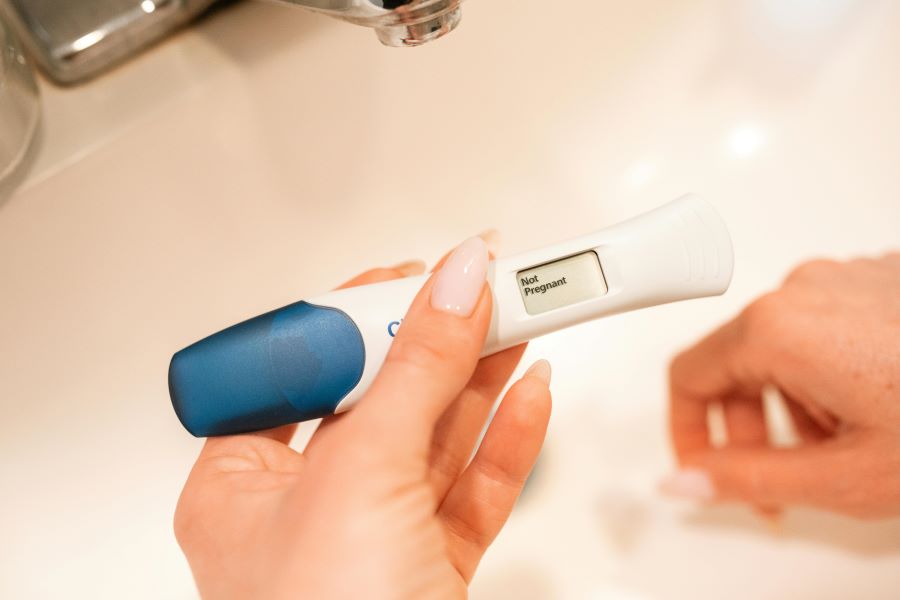Prenatal tests are essential to monitor the health of both the mother and the baby. Risks are higher in the first trimester, but follow-up should continue throughout the pregnancy.
First Trimester
At the beginning of pregnancy, the first ultrasound is requested to confirm gestation, usually after a missed period and a positive pregnancy test. This transvaginal scan can detect the gestational sac from the fourth week and the embryo about 14 days later.
Another important ultrasound at this stage is the first-trimester morphological scan, performed up to the 12th week. Depending on gestational age, it may be done transvaginally or abdominally. It helps identify conditions like Down syndrome, especially when combined with specific blood tests.
- Advertisement -
Additionally, the following tests are performed:
- Complete blood count
- Coagulation tests
- Blood biochemistry analysis
- RH factor verification
- Hepatitis B and C serology
- Antibody tests for cytomegalovirus, rubella, and toxoplasmosis
- Urine tests and cultures to detect infections
- Pap smear, if necessary
Second Trimester
Between the 20th and 22nd week, the second-trimester morphological ultrasound is performed. This scan evaluates the baby’s organ development, measures its size and weight, and provides a more accurate determination of the baby’s sex.
Blood and urine tests are repeated, with special attention to toxoplasmosis screening, particularly for pregnant women with pets.
Third Trimester
The fourth ultrasound occurs around the 32nd week, assessing the baby’s growth and ensuring it meets normal development standards. At this stage, a glucose tolerance test is conducted, especially for expectant mothers with a family history of diabetes or significant weight gain.
At the 28th week, women with Rh-negative blood may receive an immunoglobulin injection. It’s also necessary to test for beta-hemolytic streptococcus, as a positive result requires treatment to prevent infection transmission to the baby during vaginal birth.
The fifth ultrasound, performed shortly before delivery, checks the baby’s position and determines whether a C-section is necessary.
Additional Tests
The five mentioned ultrasounds are part of routine monitoring. However, if complications arise, the doctor may request additional tests to ensure a safe and healthy pregnancy.











